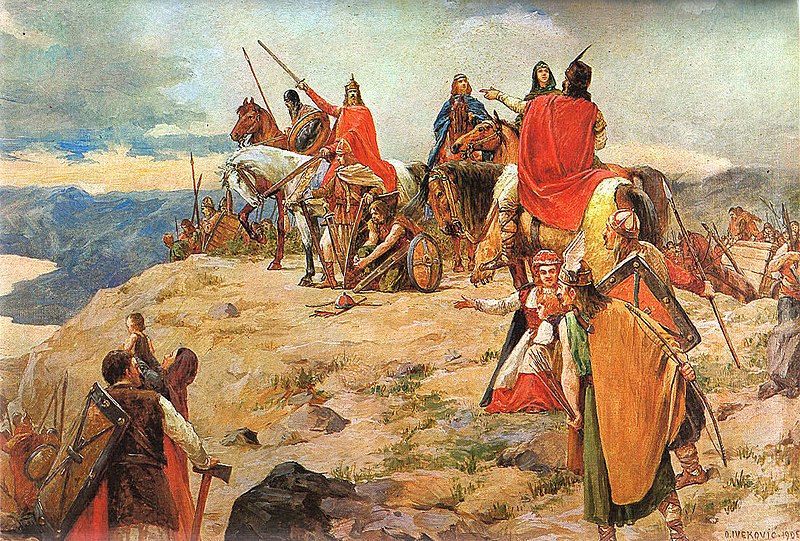Numerous German painters have enjoyed international prestige through their work in diverse artistic styles. Hans Holbein the Younger, Matthias Grünewald, and Albrecht Dürer were important artists of the Renaissance, Caspar David Friedrich of Romanticism, and Max Ernst of Surrealism. Architectural contributions from Germany include the Carolingian and Ottonian styles, which were precursors of Romanesque. The region later became the site of Gothic, Renaissance and Baroque art. Germany was particularly important in the early modern movement, especially through the Bauhaus movement founded by Walter Gropius. Ludwig Mies van der Rohe became one of the world's most renowned architects in the second half of the 20th century. He conceived of the glass façade skyscraper.
German music includes works by some of the world's most well-known classical music composers, including Ludwig van Beethoven, Johann Sebastian Bach, Wolfgang Amadeus Mozart, Johannes Brahms, Richard Wagner and Richard Strauss. Germany is the largest music market in Europe, and third largest in the world.
http://en.wikipedia.org/wiki/Symphony_No._5_(Beethoven)
http://en.wikipedia.org/wiki/Die_Walk%C3%BCre











